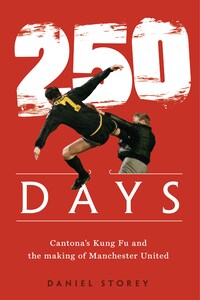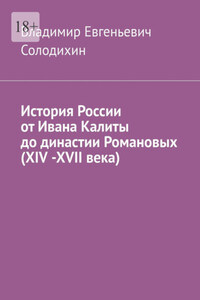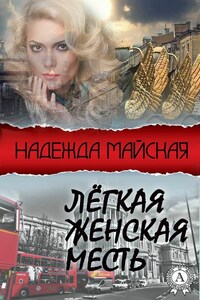HarperCollinsPublishers
1 London Bridge Street
London SE1 9GF
www.harpercollins.co.uk
First published by HarperCollinsPublishers 2019
FIRST EDITION
© Daniel Storey 2019
Cover layout design © HarperCollinsPublishers 2019
Cover photographs © Action Images/Reuters
A catalogue record of this book is available from the British Library
Daniel Storey asserts the moral right to be identified as the author of this work
All rights reserved under International and Pan-American Copyright Conventions. By payment of the required fees, you have been granted the nonexclusive, non-transferable right to access and read the text of this e-book on screen. No part of this text may be reproduced, transmitted, downloaded, decompiled, reverse engineered, or stored in or introduced into any information storage retrieval system, in any form or by any means, whether electronic or mechanical, now known or hereinafter invented, without the express written permission of HarperCollins e-books.
Find out about HarperCollins and the environment at
www.harpercollins.co.uk/green
Source ISBN: 9780008320492
Ebook Edition © January 2019 ISBN: 9780008320508
Version: 2018-12-10
‘Are you big enough for me?’
Eric Cantona was not the first foreign footballer in England, but he might well have been the most influential. No single player better represents English football’s rapid transformation from the working-class, kick-and-rush game of Division One – a sport that had largely remained the same for half a century – to the glamour and exoticism of the current Premier League.
Before the mid-1990s foreign players were a luxury item, mysterious circus animals tasked with performing for our entertainment. At that time, ‘foreign’ had a pejorative connotation: fancy, flash, weak-willed. Foreign imports could temporarily call England home, but it would never be their natural habitat. They would hate our weather, hate our food, hate the physicality of the game that we invented and then gave to the world. And they would soon leave for whence they had come.
That was odd, given the success of some memorable foreign imports in the late 1970s and early 1980s. Ossie Ardiles and Ricky Villa at Tottenham, Arnold Mühren and Frans Thijssen at Ipswich, Johnny Metgod at Nottingham Forest; all became fan favourites due to their natural talent and willingness to embrace the culture of their clubs. But their success did not provoke an immediate wave of immigration.
The first weekend of the inaugural Premier League in August 1992 demonstrated English football’s insular nature. The 22 clubs handed appearances to only 13 non-British players. Four of those were goalkeepers and another four (John Jensen, Michel Vonk, Gunnar Halle and Roland Nilsson) were defensively minded players.
A high percentage of foreign players in the Premier League’s early years were from northern European countries – Denmark, Sweden, Norway, the Netherlands. They were preferred not only on account of their assumed comfort in dealing with the British climate, but also because they came from countries where English football was already a staple. One of the first questions asked by a club owner or manager when signing a foreign player was ‘Can he fit into the English game?’
‘Having supported and followed English football all my life, like every other Norwegian, it was a dream to play in England,’ former Swindon, Middlesbrough, Sheffield United and Bradford striker Jan Åge Fjørtoft says. ‘We had grown up with Match of the Day every Saturday night, you see.’
Of the others, Andrei Kanchelskis and Anders Limpar were two who had skill as their primary characteristic, but the pair started only 26 league games between them for Manchester United and Arsenal in 1992/93. Ronny Rosenthal was a workmanlike Israeli striker for Liverpool who had become the most expensive non-British player to join an English club in 1990. Polish winger Robert Warzycha was the first player from mainland Europe to score a Premier League goal – for Everton – but managed only 18 starts in the competition before being sold to Hungarian side Pécsi MFC.
The Premier League was therefore desperate for a poster boy. Clubs had the means to pay higher wages thanks to a broadcasting deal with Sky Sports worth an initial £304 million. Many of the top-flight stadia had been improved following the recommendations of the Taylor Report. The stage had changed; the actors had not. In late 1992 the Premier League was nothing more than the old First Division rolled in glitter and studded with rhinestones.








